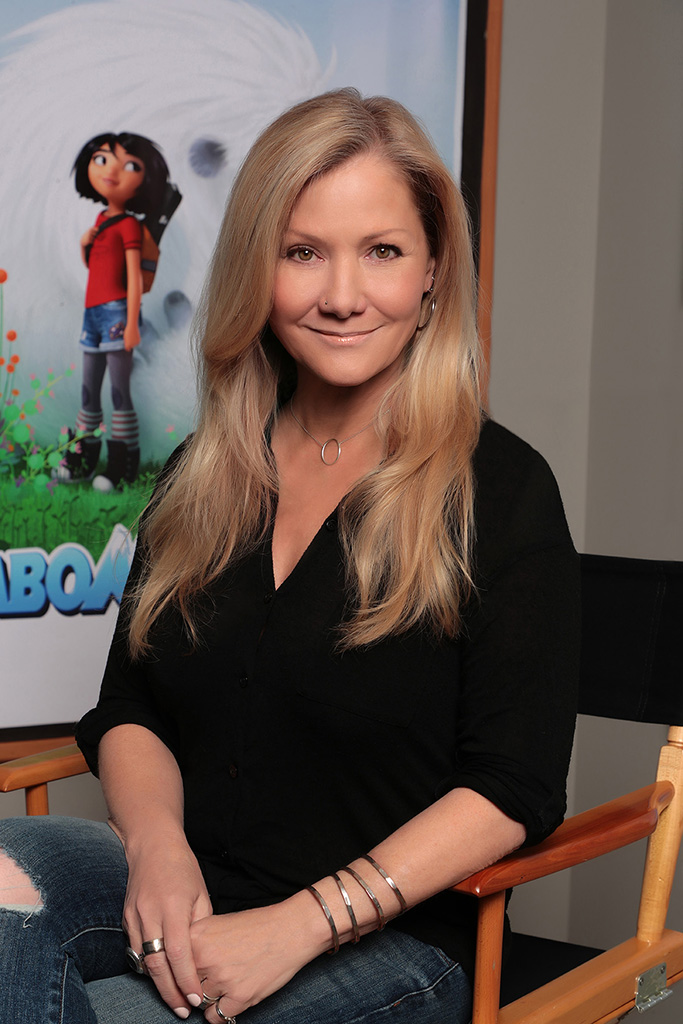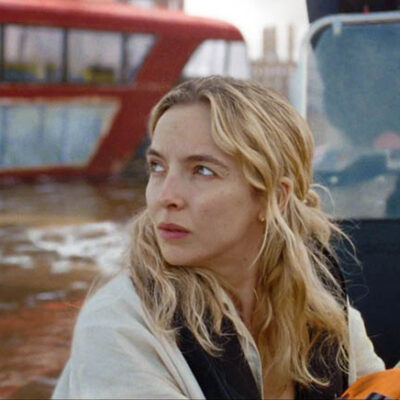To make the sequence happen, DreamWorks had to re-think what this effect would look like. “We got these great pieces of concept art and storyboards,” recalls Visual Effects Supervisor Mark Edwards. “And then we went, ‘OK, he’s going to turn this canola field into waves to drive the boat. What does that even mean?’ We could picture it in the concept art, but what would it look like in motion? How is it going to feel interacting with our characters? How do we tie in Everest’s magic? And then you have billions and billions of flowers.”
The studio embarked on a test, with Effects Department Chair Jeff Budsberg taking a standard water simulation and fleshing it out with flowers and foliage. “Jeff, really early on, took a water simulation from another show and said, ‘Well, let me just instance a bunch of flowers on it and see what happens,’” says Edwards.
The test proved that the sequence could be done, but the scenes were also heavily previsualized before shot production occurred. Reference was also found of surfers, large waves and even waterskiers wakeboarding in a cranberry bog. The idea was to come up with an appropriate look for water-soaked flowers and the trail that would be left behind the boat, all with the classic smooth ocean wave feel.
“What we also did really early on,” recounts Edwards, “was partner our FX lead for that sequence, Michael Losure, with our previs artists and say, ‘Hey, how can FX basically help drive things in the right way?’ And so Michael basically started building out these rough sims to block things in. That was what the animation team was using as a guide, and then FX used this as their template once they got involved again.”
DreamWorks’ proprietary tools and Houdini were used to tackle the simulation, with instancing an important part in managing the complexity. This was aided by the studio’s physically-based ray trace renderer called MoonRay, which has replaced their Moonlight lighting and rendering tool. The final shots feature a large number of elements.
“There’s the main wave,” outlines Edwards, “and then we had spray and flowers and all of the extra bending of the boat going through them. There was also a volumetric pollen cloud that travelled with it.”
Another tool at DreamWorks called Arras also came in handy, particularly for the canola wave sequence. Arras is the studio’s cloud-based framework that has the ability to distribute rendering tasks to clusters of computers.
“All the departments were really closely tied together on this show,” adds Edwards. “We knew going into some of these sets that FX should drive the canola look and scattering. And so they worked closely with surfacing to get the patterns worked out in a way that would filter down towards the FX simulation later. It was a real team effort.”
Watch a clip of the canola wave sequence in Abominable.











